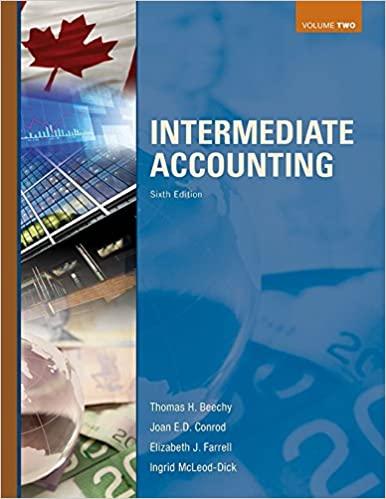Multiple Choice
' Multiple Choice Questions ( P-PP'P'N 99'5\"?\" D. 4. a. b. P-F'P'P'r' Which of the following is not a legal term normally associated with civil law proceedings? liability prosecutor plaintiff damages Contributory negligence: means that the plaintiff was partially at fault for the harm they suffered. must be proven by the defendant. can, if proven, limit the defendant's liability in tort. all of the above. What does the division of powers found within Canada's Constitution dictate? Which powers are statutory and which are derived from the common law. Which powers are territorial, provincial, and municipal. Which powers are provided to Quebec through the civil law and to the rest of Canada through the common law. . Which powers are federal and which powers are exclusively provincial. How can a business attempt to limit its liability in tort? By conducting safety tests on products and services and documenting test results. By maintaining retail and other premises in good repair and conducting regular safety patrols. c. d. .01 F1957?\" 9.0.5.9193 F1.0 F9?\" 9-9579)?\" also F7 By printing warnings on products advising of potential dangers. By doing all of the above. When a dispute arises concerning a business contract, the rst step the parties should take is: negotiation mediation arbitration litigation A main objective of the Competition Act is ensuring a supply that is adequate to meet the demands of consumers ensuring that inventories held by retailers do not become excessive protecting consumers from harm caused by misleading information discouraging businesses from working together to improve their efciency Which of the following statements is most correct? Shareholders report to directors. Directors report to ofcers, and ofcers report to shareholders. Directors report to shareholders, and ofcers report to directors. Directors report to incorporators. Which of the following issues is not governed by the Employment Standards Code? vacation pay equal pay for work of equal value minimum wage work hours and overtime When may a worker refuse to do work according to the Occupational Health and Safety Act? . When danger is an inherent part of the job. . When a worker has a sincere and reasonable belief that the equipment or the physical condition of the workplace is likely to endanger them or another worker. When the joint health and safety committee has refused to initiate a stop-work order. . When a worker is aware that hazardous materials, as described in the WHMIS (workplace hazardous materials information system), are present in the workplace. 10. In the mediation process, a. the mediator guides discussions and imposes a settlement after hearing both sides b. the mediator guides discussions c. the mediator always keeps the parties apart during discussions d. the parties must not be in an adversarial position







